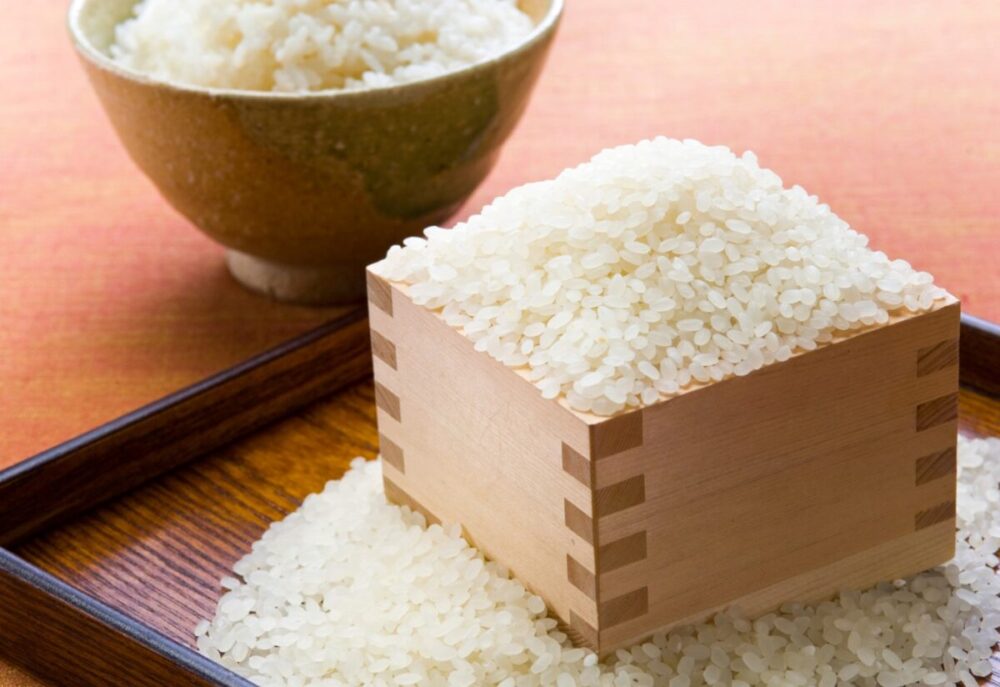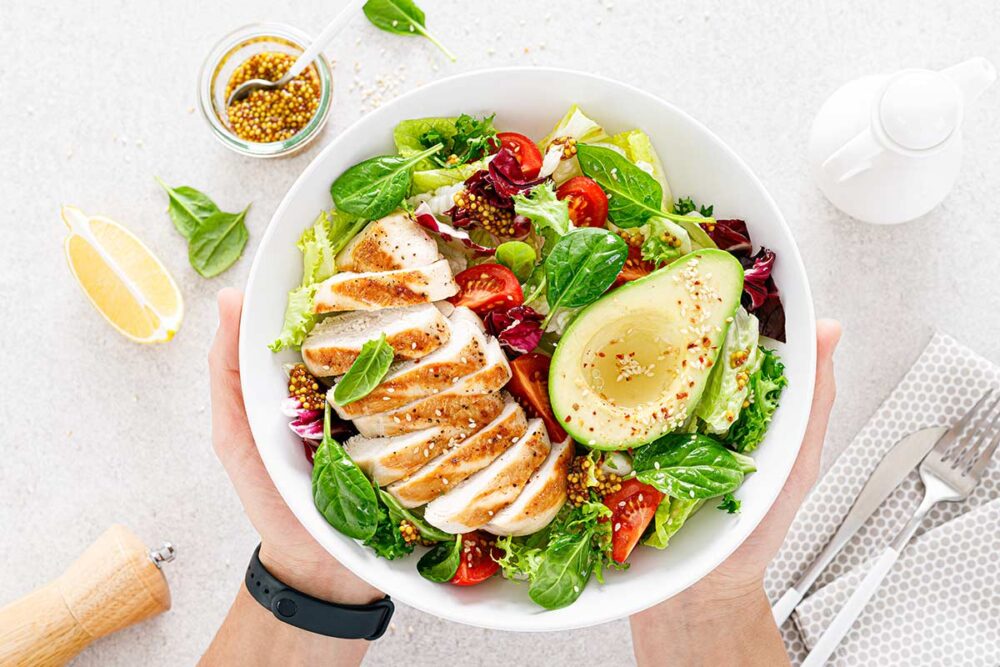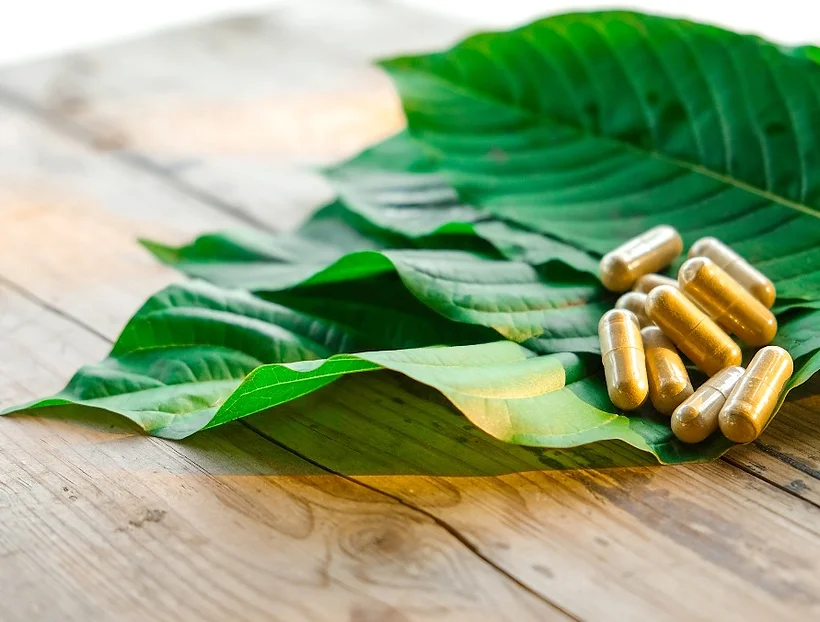White rice is a starchy cereal grain consumed widely across the globe. This staple food can be boiled, steamed or ground into flour, eaten alone with sauces, or eggs, as a side dish or dessert, for breakfast or supper. Since it is one of the most consumed grains there are, it can be nourishing to learn a little bit more about its history, background and nutritional facts: where does it come from? Is it good for my health? What are the best ways to cook it?

Background history
Nowadays, white rice is widely consumed all over the world. There are little to no families that won’t have rice in their pantries. It is present in almost every meal: rice is eaten for breakfast, lunch, as a snack and for supper.It is interesting to note that we have been eating rice since we can remember, but not all of us are aware of, or even question, when and where it was first cultivated.
This is said to go back in time, around ten thousand years ago in southern China, India and the civilizations of Southeast Asia; it was later spread across the continent and eventually, the world. More than ninety percent of the world’s rice is cultivated in Asia, in some parts of Europe, America and Australia.
Moreover, just two or three Asian countries concentrate more than 70% of the worldwide rice production and exportation today.
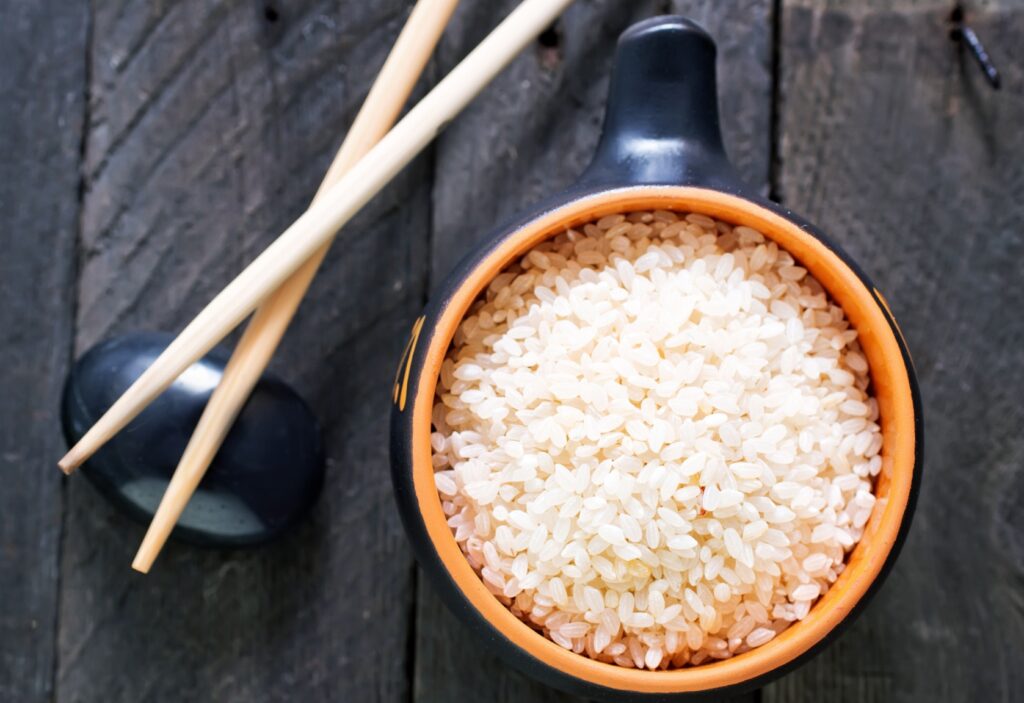
Nutritional facts about rice
There are many questions being asked about rice being or not healthy for us, and to be honest there seems to be no clear answer. Since it comes in many different types, namely short-grain, arborio, basmati, black rice, jasmine, and brown rice, the nutritional benefits can vary a little. Let’s take long-grain white rice as a standard since it is the most popular, most consumed in Europe and America.
Long-grain white rice is a nutrient-dense, healthy source of carbohydrates. One cup (approx. 175 g) of cooked white rice provides approximately 205 calories and 45 grams of carbohydrates. Besides, it is a good source of essential minerals, including manganese, magnesium, phosphorus, selenium, and iron, with small amounts of calcium, zinc, and potassium as well.
Regarding fats, white rice is low in fat and contains no cholesterol, so it is an ideal staple to include in weight-control diets. It is also a good source of dietary fiber, with about 4 grams per cup. and on the vitamins side, white rice is a good source of B-complex vitamins, including folate, niacin and thiamin. It also contains small amounts of other vitamins, including vitamins E, A, and K.
However, there’s a small drawback. When it comes to protein, white rice isn’t the best choice. One cup of cooked white rice provides just 4.5 grams of protein. This means that it should be combined with other ingredients such as beans, nuts, or tofu to increase its protein content. Of course, if you’re not a vegetarian, rice would be your perfect ally when cooking beef, fish or poultry meat.
If you consume small and healthy servings, it can help in maintaining a healthy weight. The fiber and protein present in this grain have a satiating effect and contribute to a lower glycaemic index (meaning that the carbohydrates supplied by a serving are converted into energy more steadily); pair it with steamed greens, proteins of your choice and you will have a complete and fulfilling meal.
If you play sports and exercise, this grain supports energy and restores glycogen levels after working out. For some people, it is the preferred source of quick carbs. Additionally, if you suffer from coeliac disease or have a gluten intolerance or sensitivity, rice will mean no risk for you, since it is a naturally gluten-free grain.
And if that’s not enough, remember: you can even make sweet recipes with rice!

Cook it to perfection
To make fluffy, white rice you just need rice and water (you can order your rice at carolinarice.com/products/white-rice).
The most important thing to bear in mind is proportions: for, approximately, four servings you will need one cup of white rice, half a tablespoon of salt and one and a half cups of water.
- First of all, clean the rice; rinse it at least three times in a strainer under fresh water.
- Then bring water to a boil in a pot. Once it is boiling, lower the heat and stir in the rice and salt, and return the heat to medium-high, let it boil again.
- Once it has boiled again, reduce the heat and simmer the rice until it is tender and it has absorbed all the liquid. This should take about sixteen to eighteen minutes.
- For the perfect finish, remove the rice from the heat and let it cool down, covered, for at least another ten minutes.
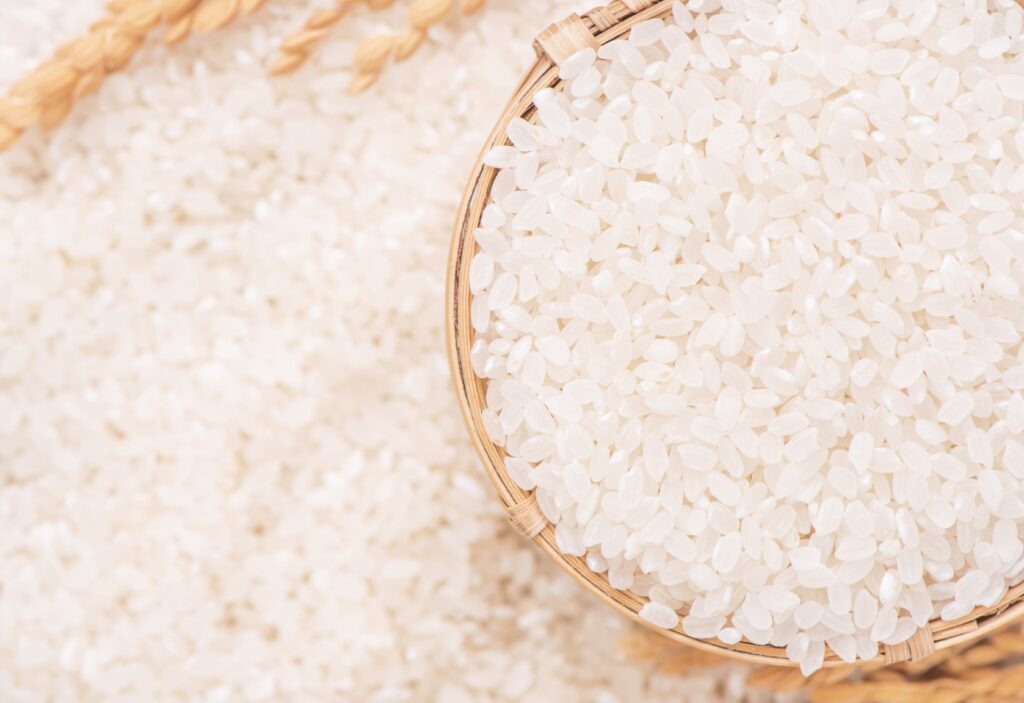
What’s the best way of eating rice, then?
Well, this depends on your preferences, your culture, and most importantly, what you have at hand to cook with. However, we will recommend two dishes to make with rice: one savory and one sweet. If you eat meat, chicken and rice casserole is a go-to, comfort meal that will never disappoint you; cook your rice with chicken stock and add to the finished product some roasted squash and onions, and you will love this forever. If you follow a plant-based diet, replace the chicken with roasted chickpeas.
To accompany a fish-based main course, for instance, rice is the perfect side dish. It can be just cooked with herbs and/or vegetables like carrot, cabbage, bell peppers, cauliflower or broccoli. For dessert lovers, you can cook your rice from scratch with coconut milk, add sugar, vanilla beans, or lemon zest and delight yourself or your guests with the most incredible, sweet rice pudding. Moreover, white rice is so versatile that you can make a delicious dessert baked in the oven.
Regardless of the cooking way of your preference, you can garnish it with some roasted pecans, walnuts and some blueberries or chocolate chips to add the extra crunch this beautiful dessert calls for.

